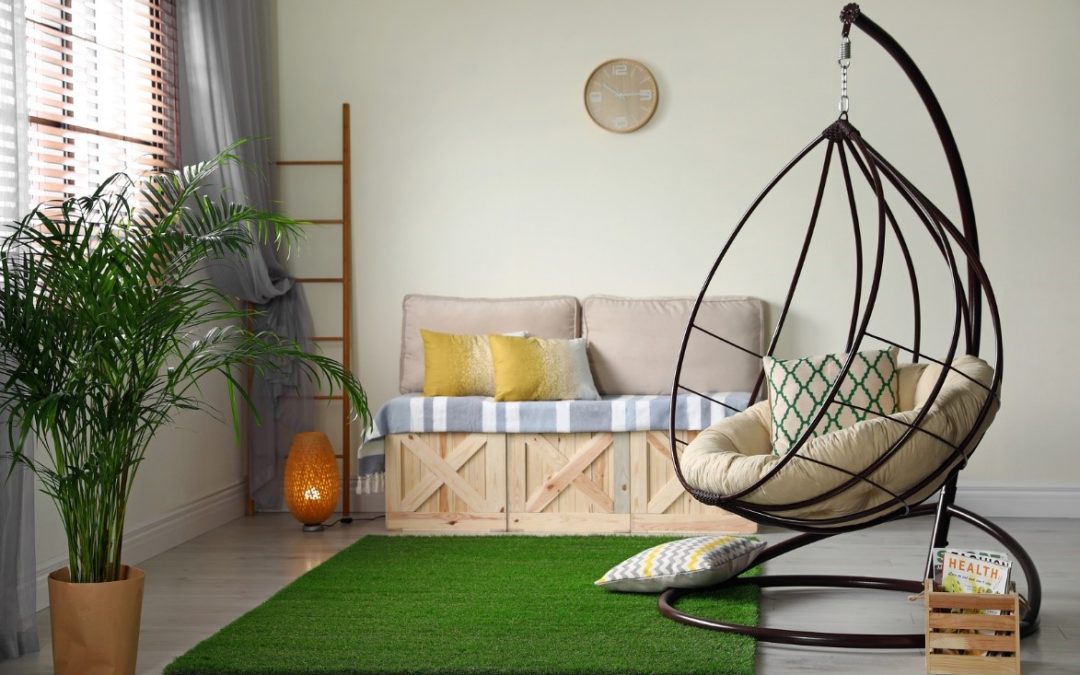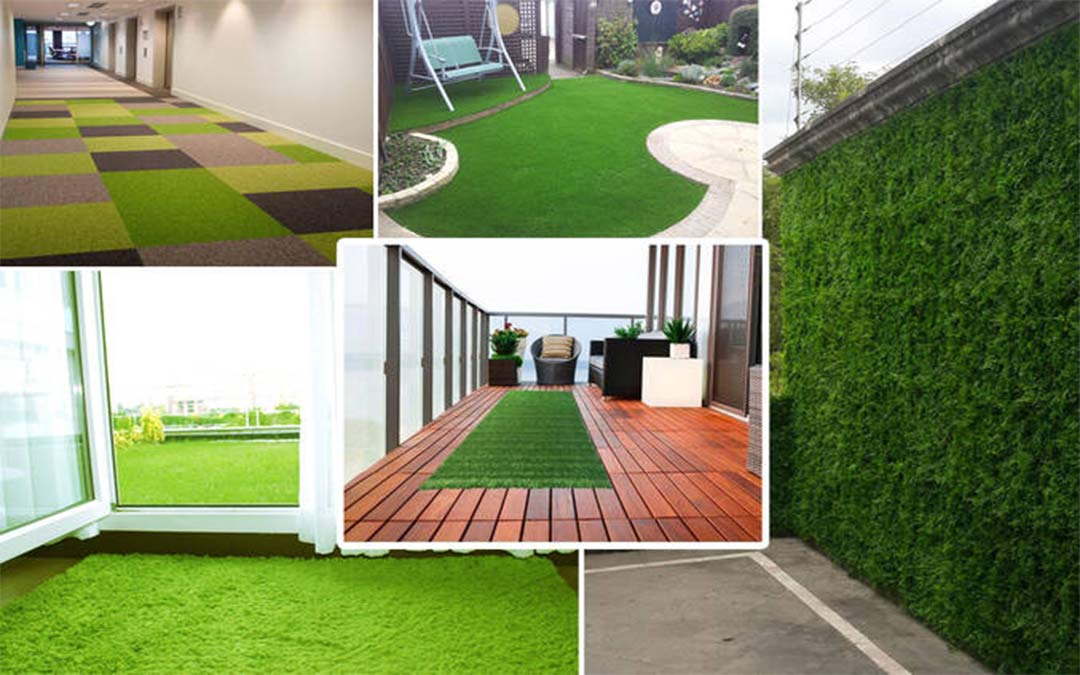Artificial grass has been gaining ground and a reputation for
being eco-friendly because it doesn’t need water, fertilizer, or to be
mowed. Plus, the newest generation of artificial grass often looks good
enough to fool us into thinking its real.
A true outdoor carpet, artificial grass directly addresses the primary
environmental concerns of real turf. It requires no watering, no mowing, and
no feeding. Some manufacturers use recycled materials, such as old tires or
plastic bottles. And, while expensive, the life expectancy of artificial
turf can be upwards of 25 years, making it a less costly alternative to real
turf over its life span.
Artificial grass has come a long way in recent years, and manufacturers have
developed a number of ways of making artificial turf look more like the real
thing.
There are different heights and different colors, so it looks much more
natural. However, it’s not right for every situation. Learn more about when
to choose artificial turf.
Because no water, mowing, fertilizer, or pest control is
required, the long-term costs associated with artificial turf are low. All
you need to do is occasionally use a blower to remove any debris.
Artificial turf won’t develop spots or bare patches due to
pet urine, and is less susceptible to digging or damage from dogs. In
addition, cleaning up pet messes is a simple matter on artificial turf since
it drains well and can be washed easily.
Trees can easily be planted within artificial turf. Though
you’ll need to create a tree ring with irrigation and no base rock, trees
will grow beautifully surrounded by artificial grass. By contrast, trees can
pose a challenge to the health of living turf grass.
The installation process for artificial turf is similar to
that of a sod lawn, with just a few key differences.
Begin by lowering the existing grade to about 4 inches below
your desired finished grade, such as the level of your patio.
Install edging materials such as brick, steel, concrete
curbing, or plastic bender board.
Its uses a 4 inch layer of crushed rock or road base
underneath artificial turf. Tamp it down firmly for the most even surface.
Roll out artificial turf on the prepared surface.
Connect any seams using the specially-designed tape meant
for that purpose. When joining two strips of artificial turf, make sure the
blades of grass are standing in the same direction.
Pull the turf taut and secure it around the edges using 8
inch galvanized nails every 6 inches. This is called “spiking it in”.
If desired, add infill materials such as rubber pellets or
sand. Rubber pellets feel nice to walk on in areas with high foot traffic,
while sand looks nice because it obscures the weave of the artificial turf.
However, the choice to use infill is primarily an aesthetic one, and it’s
not necessary.
Use a gas-powered broom to brush the nap into an upright
position and give it a natural appearance.


